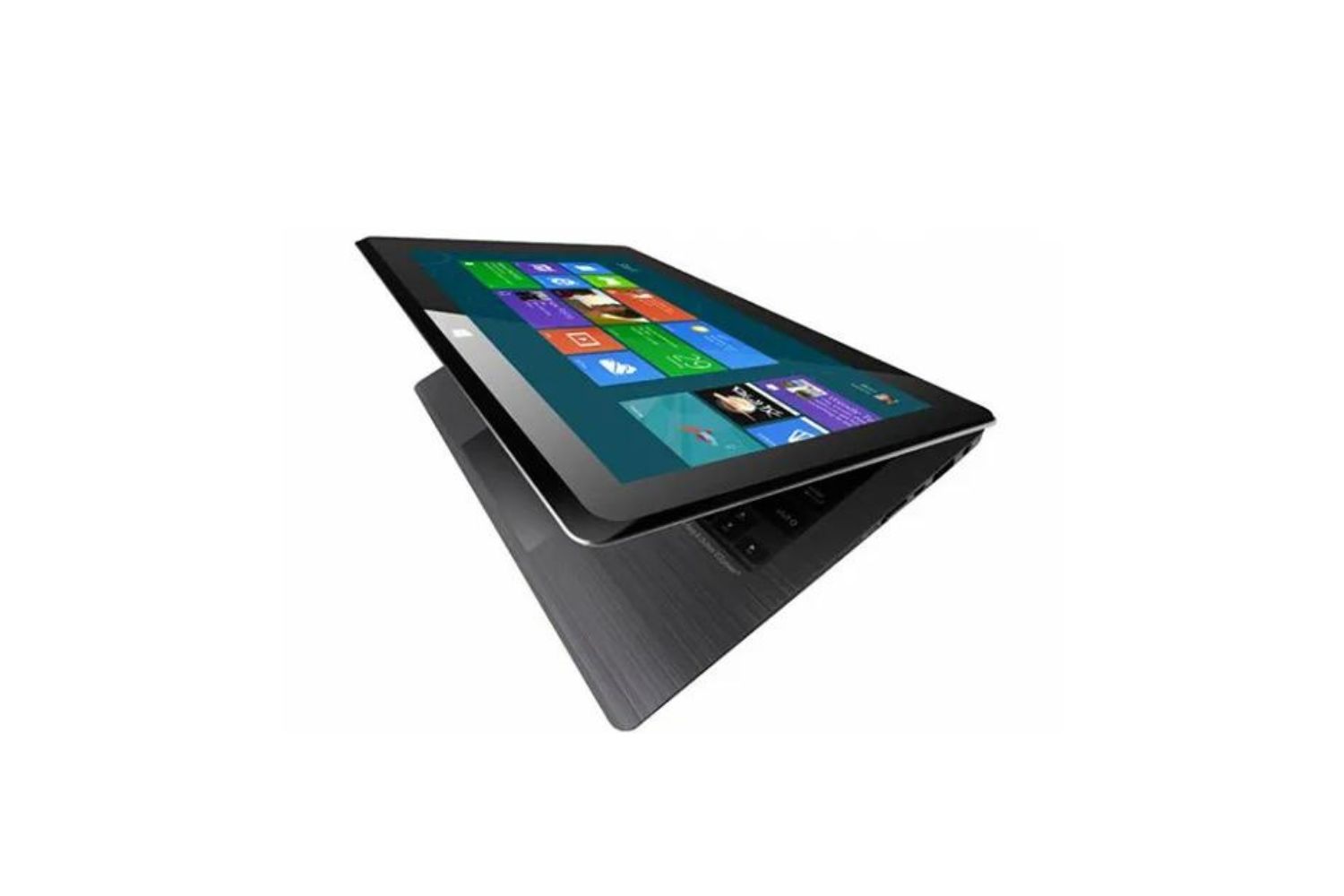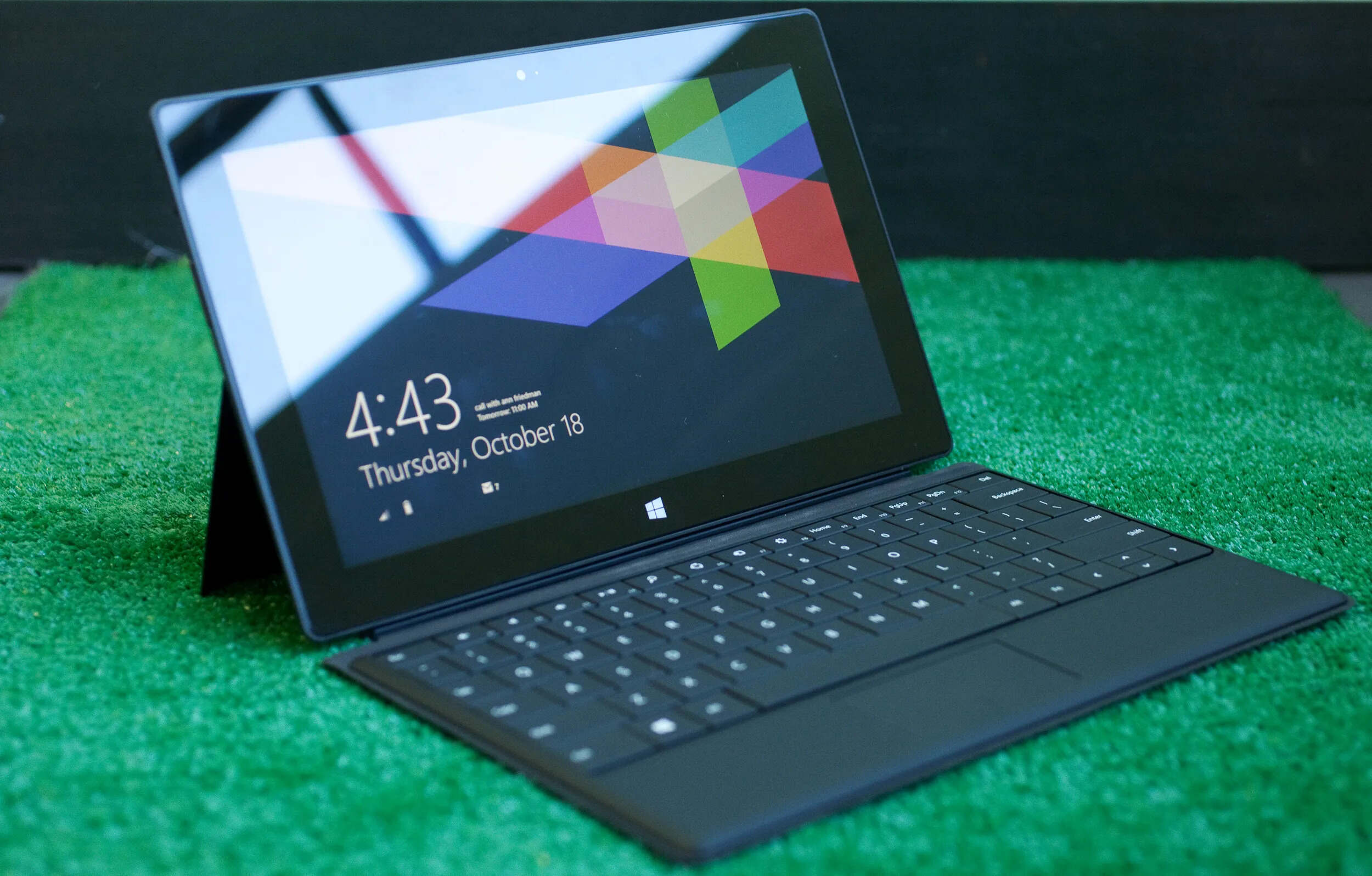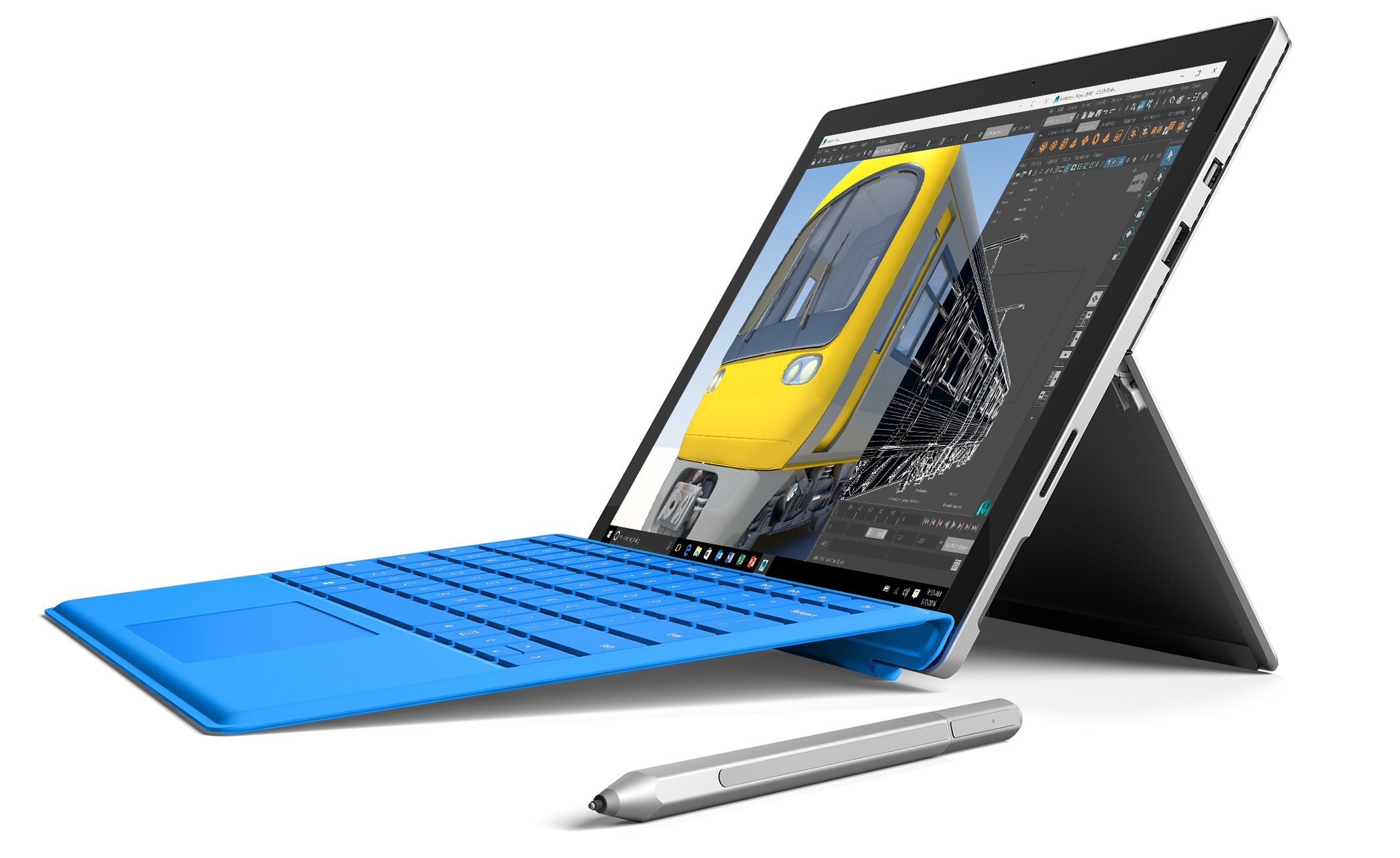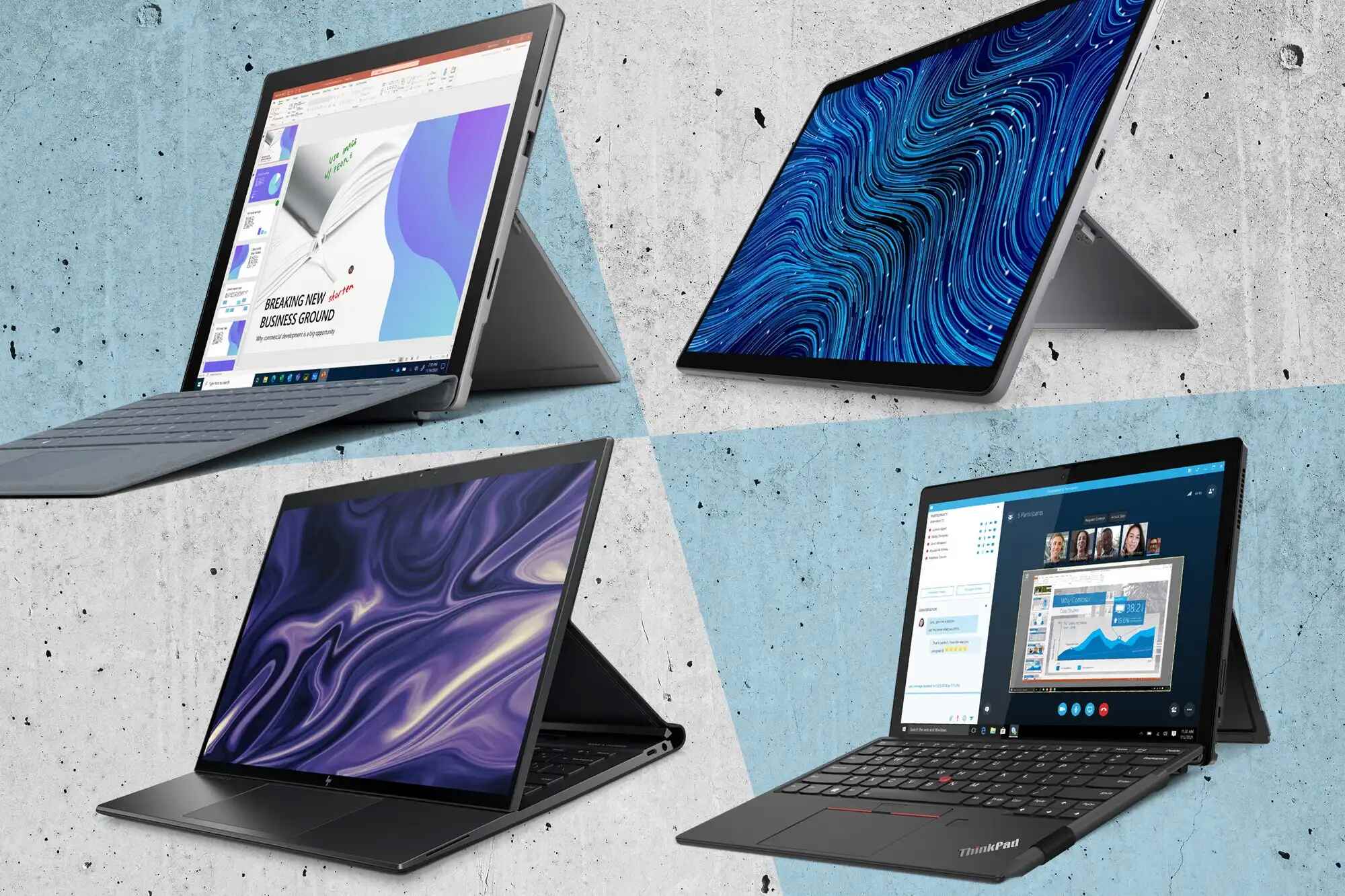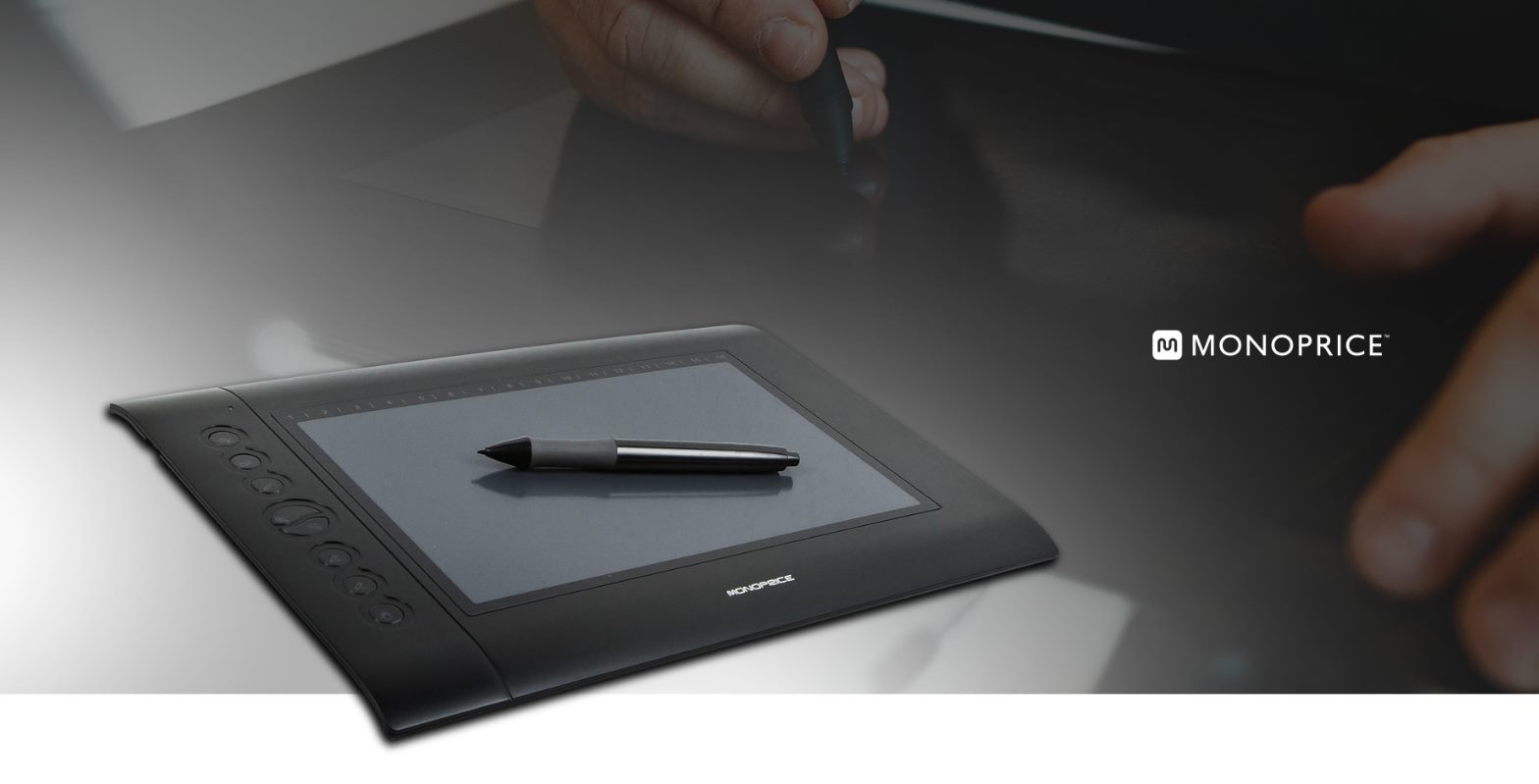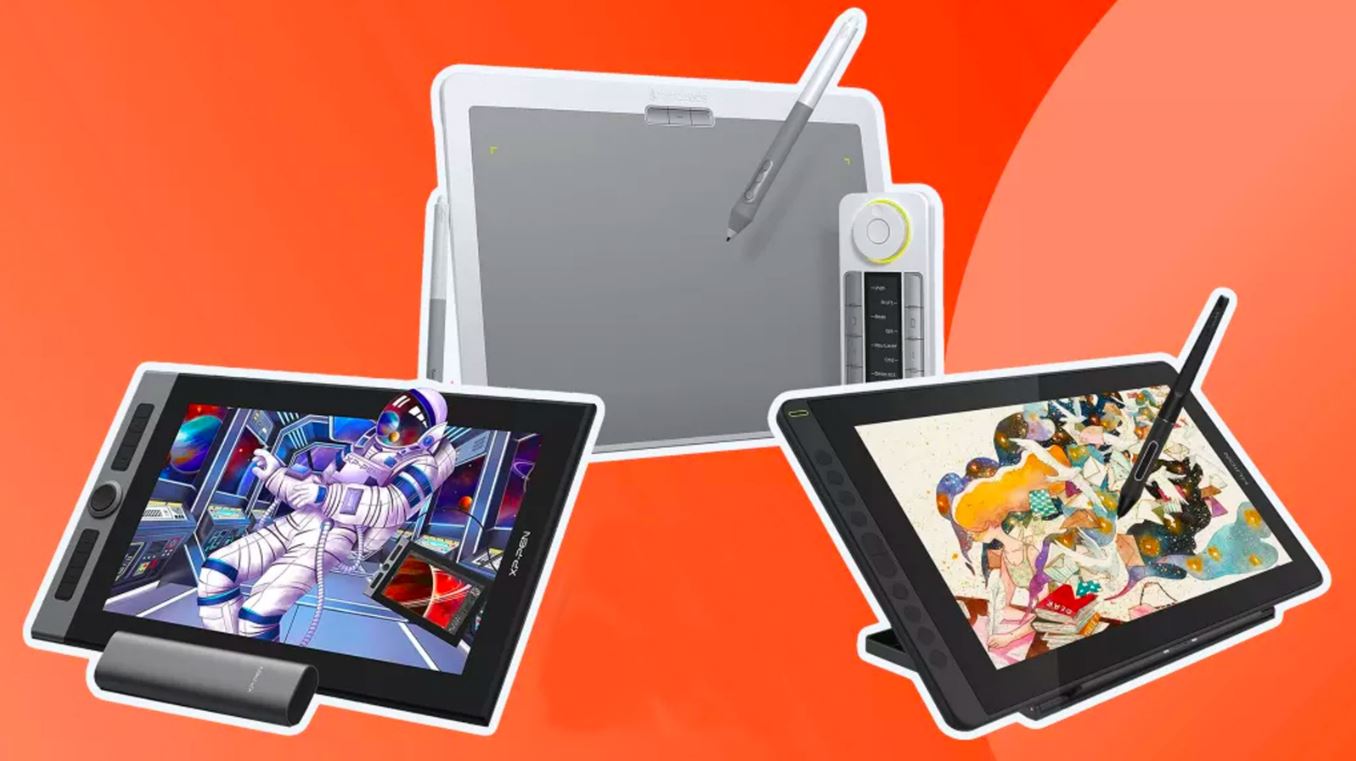Introduction
A Windows 8 tablet is a versatile and portable device that combines the functionality of a laptop with the convenience and mobility of a tablet. It runs on the Windows 8 operating system, which is specifically designed to provide a seamless user experience across different devices.
Windows 8 tablets come in various shapes and sizes, offering a range of features and capabilities to suit different needs and preferences. Whether you’re a student, a professional, or a casual user, a Windows 8 tablet can be a valuable addition to your tech arsenal.
In this article, we will explore the key features of Windows 8 tablets, the benefits they offer, and how to choose the right device for your needs. We will also compare Windows 8 tablets with other devices to help you make an informed decision.
If you’re looking for a device that combines the power of a computer with the portability of a tablet, a Windows 8 tablet might just be the perfect solution for you. Let’s dive in and discover what makes these devices so compelling.
What is a Windows 8 Tablet?
A Windows 8 tablet is a touchscreen device that runs on the Windows 8 operating system. It is designed to provide users with a fluid and intuitive computing experience, allowing them to perform various tasks on the go.
Unlike traditional laptops or desktop computers, Windows 8 tablets offer the convenience of a lightweight and portable form factor. They typically feature a detachable or foldable keyboard, allowing users to switch between tablet mode and laptop mode as needed.
One of the standout features of Windows 8 tablets is the touch-centric user interface. With a touch-enabled screen, users can navigate through the operating system and interact with apps and programs using their fingertips. This makes the user experience more engaging and accessible, especially for those who are familiar with touchscreen devices.
Windows 8 tablets also come with a range of hardware specifications, such as powerful processors, ample storage space, and high-resolution displays. This enables users to perform tasks like web browsing, multimedia consumption, productivity work, and even gaming, all with ease and efficiency.
Moreover, Windows 8 tablets offer seamless synchronization with other Windows devices. This means that you can start a task on your tablet and continue it on your desktop or laptop, thanks to cloud-based storage and syncing features. This tight integration allows for a smooth workflow and ensures that you can access your files and apps across multiple devices.
In summary, a Windows 8 tablet is a portable and versatile device that combines the functionality of a laptop with the convenience of a tablet. It offers a touch-centric user interface, powerful hardware specifications, and seamless integration with other Windows devices, making it an ideal choice for users who require productivity and mobility in one package.
Features of a Windows 8 Tablet
Windows 8 tablets come packed with a variety of features that make them versatile and capable devices for both work and leisure. Here are some notable features:
- Touchscreen Interface: Windows 8 tablets feature a responsive touchscreen interface, allowing users to effortlessly navigate through the operating system, launch apps, and perform actions using their fingertips.
- Lightweight and Portable: One of the key advantages of Windows 8 tablets is their compact and lightweight design. They are easy to carry around, making them ideal for professionals on the go or students who need a portable computing device.
- Detachable or Foldable Keyboard: Many Windows 8 tablets come with detachable or foldable keyboards, providing users with the flexibility to switch between laptop and tablet modes. This enhances productivity by enabling comfortable typing and multitasking.
- Powerful Hardware: Windows 8 tablets are equipped with powerful processors, ample RAM, and generous storage capacities. This allows for smooth multitasking, fast app loading, and efficient performance even with resource-intensive tasks.
- High-Resolution Displays: Most Windows 8 tablets boast high-resolution displays, offering crisp and vibrant visuals for multimedia consumption, gaming, and productivity tasks. Whether you’re watching movies or working on documents, the display quality is a treat for the eyes.
- Pen or Stylus Support: Some Windows 8 tablets feature pen or stylus input support, allowing for precise and natural handwriting or drawing. This is particularly useful for artists, designers, and note-takers who prefer the freedom of pen-based input.
- Wide Range of Software: Windows 8 tablets enjoy access to a vast library of software and apps, thanks to the compatibility with Windows applications. Users can utilize popular productivity software, creative tools, games, and other utility apps to enhance their tablet experience.
- Cloud Integration: Windows 8 tablets seamlessly integrate with cloud services, allowing users to access and sync their files, documents, and settings across multiple devices. This enables a consistent and convenient workflow, whether you’re using a tablet, desktop, or laptop.
These are just some of the features that make Windows 8 tablets stand out in the market. With their combination of powerful hardware, versatility, and user-friendly software, they offer a compelling computing experience for a wide range of users.
Benefits of Using a Windows 8 Tablet
Windows 8 tablets offer a range of benefits that make them a popular choice among users. Here are some key advantages of using a Windows 8 tablet:
- Portability: Windows 8 tablets are lightweight and compact, making them highly portable. You can easily carry them in your bag or even hold them in one hand, allowing you to work or enjoy media on the go.
- Productivity: Windows 8 tablets provide a blend of functionality from both laptops and tablets. With a detachable or foldable keyboard, you can use the tablet like a laptop, enabling efficient typing and multitasking for work, school, or personal tasks.
- Touch Interface: The touch-centric interface of Windows 8 tablets makes navigating through the operating system and using apps a breeze. You can tap, swipe, and pinch to interact with content, giving you a more intuitive and engaging experience.
- Compatibility: Windows 8 tablets are compatible with a wide range of software and applications. You can download and use popular productivity tools, creative software, and entertainment apps. The compatibility with Windows programs also allows you to run legacy software if needed.
- Seamless Integration: Windows 8 tablets seamlessly integrate with other Windows devices and services. This means you can easily sync your files, documents, and settings across multiple devices, making it convenient to switch between your tablet, desktop, or laptop with ease.
- Powerful Performance: Windows 8 tablets come equipped with powerful processors, ample RAM, and high-resolution displays. This allows for smooth multitasking, fast app loading, and crisp visual quality, ensuring that you can work, play, or consume media without any lag or slowdown.
- Collaboration: With features like cloud storage and synchronization, Windows 8 tablets facilitate collaboration and sharing. You can easily share files, work on documents simultaneously with others, and access your work from anywhere, making teamwork and remote work more accessible and efficient.
- Flexibility: Windows 8 tablets offer the flexibility to use them in various modes – as a tablet, laptop, or even in tent mode for media consumption. Whether you need to take notes, give presentations, or enjoy multimedia, you can adapt your device to suit your needs.
These benefits make Windows 8 tablets a versatile and reliable choice for individuals and professionals who seek a portable computing device that excels in both productivity and entertainment.
How to Choose the Right Windows 8 Tablet for You
Choosing the right Windows 8 tablet requires considering your specific needs, preferences, and budget. Here are some factors to consider when making a decision:
- Screen Size: Determine the ideal screen size for your usage. Smaller screens, around 8 to 10 inches, are more portable, while larger screens, 12 inches or more, offer a more immersive viewing experience.
- Processing Power: Consider the processor type and speed. If you need to run resource-intensive applications or multitask heavily, opt for a tablet with a powerful processor, such as Intel Core series or AMD Ryzen processors.
- Storage Capacity: Assess your storage needs. If you require ample space for documents, files, and apps, choose a tablet with larger built-in storage or one that allows for expandable storage via microSD cards or USB ports.
- Battery Life: Check the battery life of the tablet. Consider how long you usually need to use the tablet on a single charge and look for devices with longer battery life to avoid frequent charging.
- Keyboard and Pen Support: Determine if you need a tablet with a detachable or foldable keyboard for enhanced productivity. Additionally, if you are someone who prefers handwritten notes or artistic creativity, look for pen or stylus support.
- Connectivity Options: Consider the connectivity options available. Look for tablets that offer Wi-Fi capabilities, Bluetooth, USB ports, and even cellular connectivity, depending on your needs for internet access and device pairing.
- Operating System Compatibility: Ensure that the Windows 8 tablet you choose is compatible with the software and applications you require. Windows 8 allows you to run a wide range of Windows applications, but it is essential to verify compatibility with any specific programs or software you rely on.
- Budget: Set a realistic budget for your tablet purchase. Windows 8 tablets come in a variety of price ranges, so it’s important to find a balance between features, performance, and cost that aligns with your budget.
Before making a final decision, it’s always helpful to read reviews, compare specifications, and try out the tablets if possible. Remember to prioritize your specific needs to find a Windows 8 tablet that fits your requirements and enhances your productivity and enjoyment.
Comparison of Windows 8 Tablets with Other Devices
When considering a Windows 8 tablet, it’s important to compare them with other devices on the market to make an informed decision. Here, we will compare Windows 8 tablets with other popular options:
- Windows 8 Tablets vs. Laptops: Windows 8 tablets offer a more portable and lightweight option compared to traditional laptops. They are ideal for on-the-go usage, but laptops generally provide more powerful hardware, larger screens, and a more extensive range of ports for connectivity.
- Windows 8 Tablets vs. iPads or Android Tablets: While iPads and Android tablets may offer sleek designs and a wide range of apps, Windows 8 tablets provide better compatibility with Windows programs and applications. They also often come with keyboard and pen support, making them more suitable for productivity tasks.
- Windows 8 Tablets vs. 2-in-1 Convertible Devices: 2-in-1 convertible devices, also known as hybrid laptops, combine the functionality of a laptop and a tablet in one device. While similar in concept to Windows 8 tablets, 2-in-1 devices typically offer more powerful hardware and a larger range of connectivity options, but they may be heavier and less portable.
- Windows 8 Tablets vs. Smartphones: While smartphones are extremely portable, Windows 8 tablets provide a larger screen, better multitasking capabilities, and a more desktop-like experience. Tablets are more suited for tasks that require a larger display, such as document editing, media consumption, and web browsing.
- Windows 8 Tablets vs. e-Readers: While e-readers are designed primarily for reading e-books, Windows 8 tablets offer a wider range of capabilities. Tablets allow for web browsing, application usage, media streaming, and more, making them a versatile choice for those who require a multi-purpose device.
It’s essential to consider your specific needs and preferences when comparing Windows 8 tablets with other devices. Assess factors such as portability, performance, compatibility, and desired functionalities to determine which device type aligns best with your requirements.
Conclusion
Windows 8 tablets offer a powerful combination of portability, versatility, and functionality that make them a compelling choice for a wide range of users. With their touch-centric interface, compatibility with a wide range of software, and seamless integration with other Windows devices, they provide a seamless and cohesive user experience.
These tablets excel in productivity, allowing users to work efficiently on the go, thanks to features like detachable or foldable keyboards, pen support, and access to a vast library of Windows applications. The lightweight and portable design of Windows 8 tablets make them convenient for travel and everyday use.
Windows 8 tablets also offer impressive hardware specifications like powerful processors, high-resolution displays, and ample storage capacity. These features enable smooth multitasking, fast app loading, and excellent visual quality, whether you’re working, watching movies, or playing games.
When choosing a Windows 8 tablet, consider factors such as screen size, processing power, storage capacity, battery life, and budget. Compare these tablets with other devices like laptops, iPads, 2-in-1 convertibles, smartphones, and e-readers to find the option that best suits your needs and preferences.
Ultimately, a Windows 8 tablet can provide you with the flexibility, productivity, and enjoyment you seek in a portable computing device. So, take the time to research and find the right Windows 8 tablet that fits your lifestyle and enhances your digital experience.







